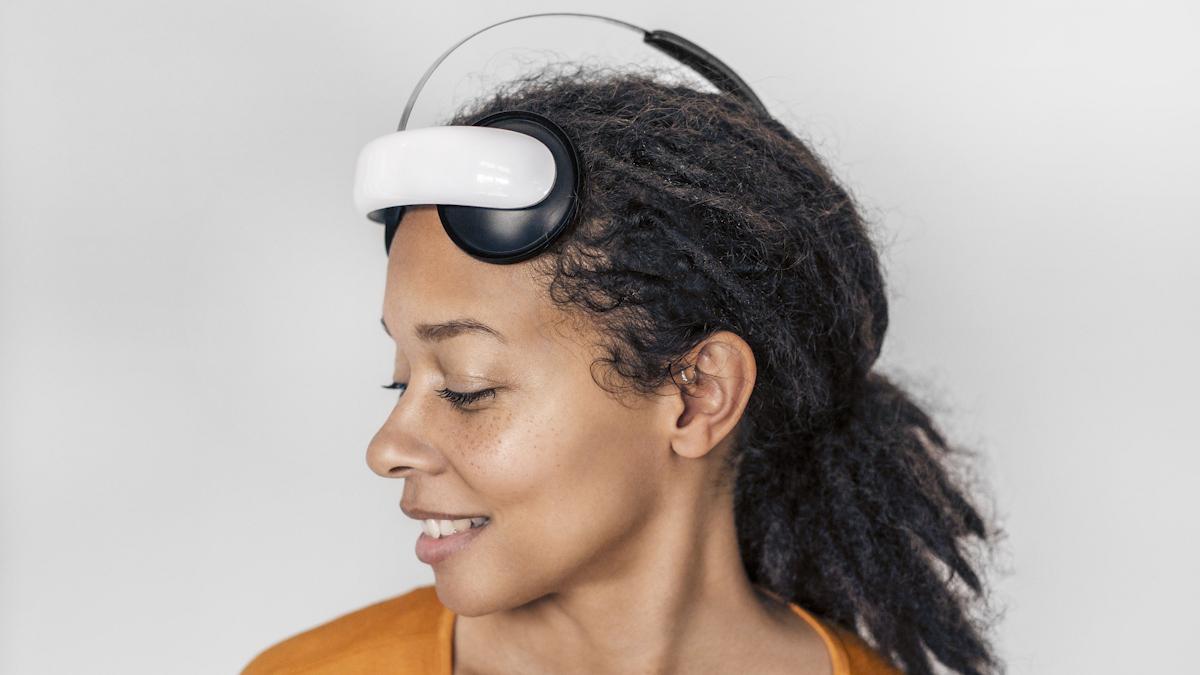iRhythm wearable heart monitor raises AFib diagnoses by 52%

Screening people in primary care with a wearable heart monitor developed by iRhythm was able to increase diagnoses of atrial fibrillation (AFib) by 52%, although it did not result in a reduction in hospitalisations for stroke.
The GUARD-AF study recruited almost 12,000 patients aged 70 or above across the US who wore the Zio XT single-lead electrocardiogram (ECG) device for two weeks. The aim was to see if it was better at spotting AFib than regular care, which could allow earlier treatment with oral anticoagulants to prevent ischaemic stroke – a common complication associated with the heart rhythm disturbance.
Results presented at the European Society of Cardiology (ESC) congress showed that the higher AFib diagnosis rate over an average 15 months of follow-up – 5.0% vs 3.3% with standard care – was accompanied by an increase in anticoagulant therapy (4.2% vs 2.8%), with no increase in hospitalisations for bleeding complications.
The failure to show a reduced rate of hospitalisations for stroke was a disappointment, given that AFib raises the risk five-fold, but likely a result of the trial having to be stopped early due to COVID-19 lockdowns, according to lead investigator Professor Renato Lopes, of Duke University Medical Center in the US.
It was halted before achieving the planned enrolment of 52,000 patients, compromising its statistical power. As a result, GUARD-AF cannot give a conclusive answer on the role of Zio XT on stroke prevention, and "further studies with longer follow-up and including participants at higher risk for stroke are needed to establish the true potential of AFib screening" in this setting, said Lopes.
AFib is the most common heart rhythm disorder, affecting more than 40 million people worldwide, and estimates suggest that one in three Europeans will develop the condition during their lifetime.
In the UK, Zio XT was recommended by health technology assessment (HTA) agency NICE in 2020 as an option for people with suspected cardiac arrhythmias who would benefit from ECG monitoring for longer than 24 hours in a pilot project that aims to gather information on NHS use.
It offers a lighter, discreet alternative to Holter monitoring, which requires patients to wear several electrodes, as well as a bulky monitor.
Recent trials have shown that one-time brief screening for AFib did not significantly increase diagnoses of the disorder, while others investigating longer-term screening found an increase in AFib diagnoses. However, none have yet established that screening lowers stroke rates.
"Our results add to the body of evidence around AFib screening and highlight the challenges in determining the impact […] on clinical outcomes," said Lopes. "Until we have clear information on who should be screened, how and for how long, and its real impact in stroke prevention, AFib screening should not be routinely recommended."
He added, however, that the study confirms that AFib is common in older patients and can be identified with cardiac monitoring in primary care – upstream of cardiology care, which many patients will not have access to."
It also showed that most (88%) of the patients with a positive identification had low-burden paroxysmal AFib, short, infrequent episodes that would be missed with a pulse check or shorter single-lead ECG monitoring.
"Identification of these short episodes could be a useful prompt for physicians to more aggressively treat heart disease risk factors and may reduce the downstream risk of heart failure, which will be evaluated in future trials," concluded Lopes.
For iRhythm, the mixed results could reduce enthusiasm for the technology, although, it still has other shots on goal including the AMALFI study in the UK, which is testing the wearable's role in detecting AFib in an NHS context. Data from that trial should start to emerge within the next 12 months or so.
Other studies are looking at the wearable in preventing heart failure, which occurs in one-third of patients with AFib, along with cardiovascular hospitalisations, and whether it can reduce the use of healthcare resources and cut costs.












